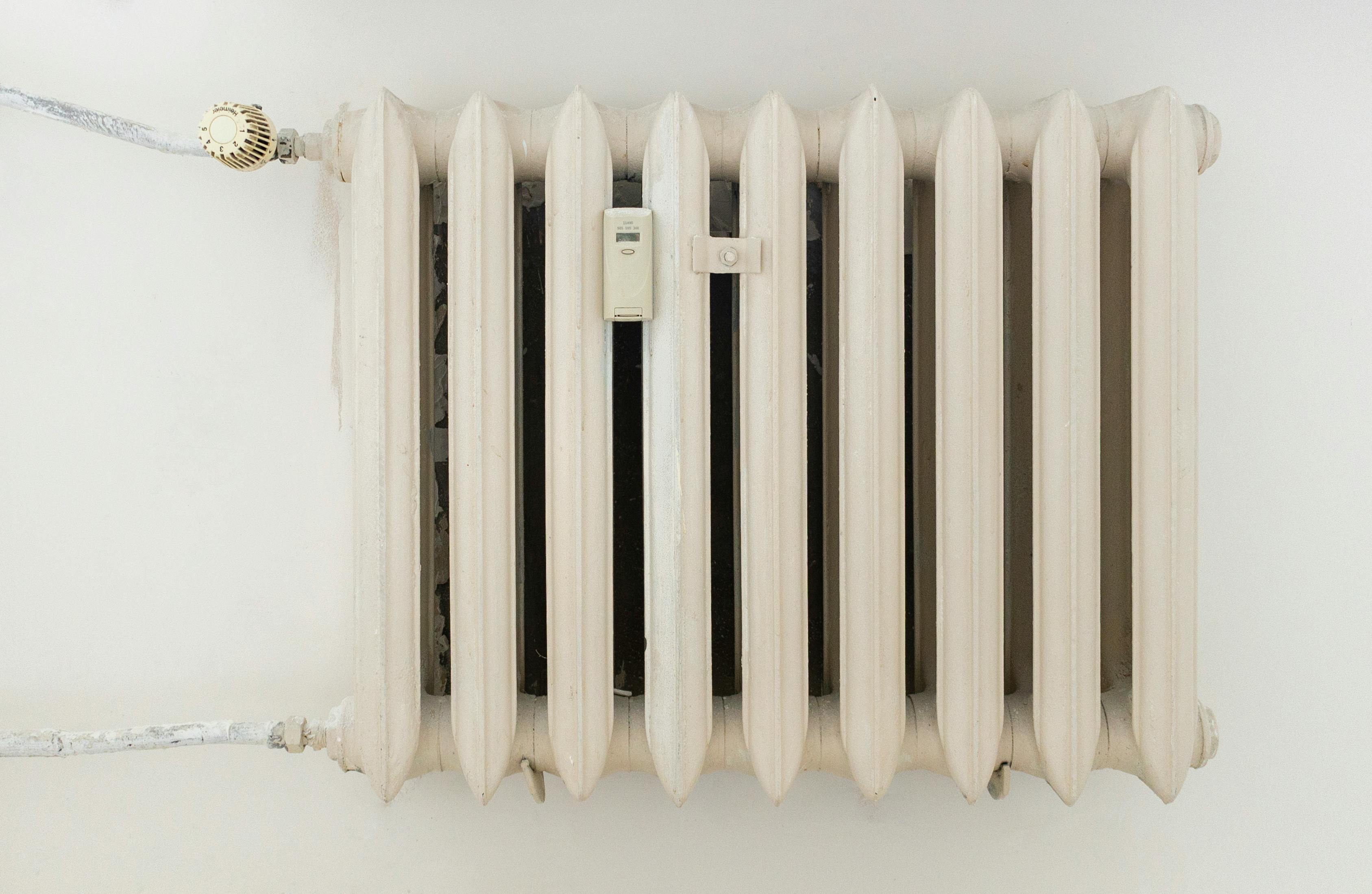Understanding Cremation Services: A Comprehensive Guide
Cremation services have become increasingly popular as an alternative to traditional burial, offering families a different way to honor their loved ones. These services involve the process of reducing a body to bone fragments through high heat, providing families with cremated remains that can be kept, scattered, or interred according to their wishes. As more people seek personalized end-of-life arrangements, understanding the cremation process, available services, technology involved, and associated costs becomes important for making informed decisions during difficult times.

What Happens During Cremation
The cremation process begins after proper identification and authorization paperwork is completed. The body is placed in a combustible container and moved to the cremation chamber, often called a retort. Inside this chamber, temperatures reach between 1,400-1,800 degrees Fahrenheit, reducing the body to bone fragments through a process that typically takes 1-3 hours depending on factors such as body size and the cremation equipment used.
After cooling, any metal objects like surgical implants or dental work are removed using specialized magnets or manual methods. The remaining bone fragments are then processed into a fine, sand-like consistency that families receive as “cremated remains” or “ashes.” Throughout this process, strict protocols ensure dignity and accurate identification of the deceased.
Cremation Equipment Technology
Modern cremation technology has evolved significantly to improve efficiency, environmental impact, and the overall cremation process. Today’s cremation chambers feature computer-controlled systems that optimize temperature and maintain precise conditions throughout the procedure. Advanced filtration systems minimize emissions and ensure compliance with environmental regulations.
Some facilities now utilize water cremation (alkaline hydrolysis), which uses water, alkali, heat, and pressure rather than fire. This eco-friendly alternative reduces energy consumption by approximately 75% compared to traditional flame-based cremation and produces fewer carbon emissions. Other technological advances include improved cooling systems, more efficient processing equipment for remains, and enhanced tracking systems that maintain chain of custody throughout the process.
Direct Cremation Services
Direct cremation represents the simplest and most economical cremation option available. This service includes only the essential elements: transportation of the deceased from the place of death, completion of necessary documentation, the cremation process itself, and return of the remains to the family in a simple container. Direct cremation deliberately excludes embalming, viewing, ceremonies, or elaborate caskets.
Families choosing direct cremation often arrange their own memorial services at a later date, giving them flexibility in how and when they commemorate their loved one. This option has grown increasingly popular for its simplicity, affordability, and the autonomy it provides families in creating personalized remembrance experiences separate from the cremation process itself.
Cremation Service Providers
Cremation services are offered by various providers, each with different capabilities and service levels. Traditional funeral homes often provide cremation alongside burial options, typically offering comprehensive services including preparation, viewing, ceremonies, and aftercare support. Dedicated cremation societies specialize exclusively in cremation with varying service packages from direct cremation to more elaborate arrangements.
Some cemeteries have integrated cremation facilities, allowing families to complete all arrangements in one location. Additionally, independent crematoriums work with multiple funeral homes to provide cremation services while religious institutions may offer cremation services aligned with specific faith traditions. When selecting a provider, families should consider reputation, transparency, range of services, and how well the provider’s approach aligns with their needs and values.
Cremation Cost Comparison
Cremation costs vary significantly based on the provider, location, and included services. Understanding these variations helps families make financially informed decisions during difficult times.
| Service Type | Provider Type | Average Cost Range |
|---|---|---|
| Direct Cremation | Dedicated Cremation Society | £1,000 - £1,600 |
| Direct Cremation | Traditional Funeral Home | £1,300 - £2,200 |
| Cremation with Viewing | Traditional Funeral Home | £2,500 - £4,000 |
| Cremation with Full Service | Traditional Funeral Home | £3,000 - £5,000 |
| Green/Eco-Friendly Cremation | Specialized Provider | £1,800 - £3,500 |
Prices, rates, or cost estimates mentioned in this article are based on the latest available information but may change over time. Independent research is advised before making financial decisions.
The significant cost differences between providers often reflect varying overhead expenses, facility types, and included services. Direct cremation typically offers the most economical option, while packages including viewings, ceremonies, and premium urns increase costs substantially. Geographic location also impacts pricing, with urban areas generally commanding higher rates than rural locations. Many providers offer payment plans or pre-planning options that can help manage these expenses.
Cremation continues to evolve as both a practical end-of-life option and a meaningful part of the bereavement process. Understanding the procedural aspects, technological advancements, service options, provider differences, and cost considerations helps families make informed decisions that honor their loved ones while respecting their practical needs and financial circumstances. As cremation rates continue to rise, the variety of personalized options available ensures families can find arrangements that meaningfully reflect the lives they commemorate.




